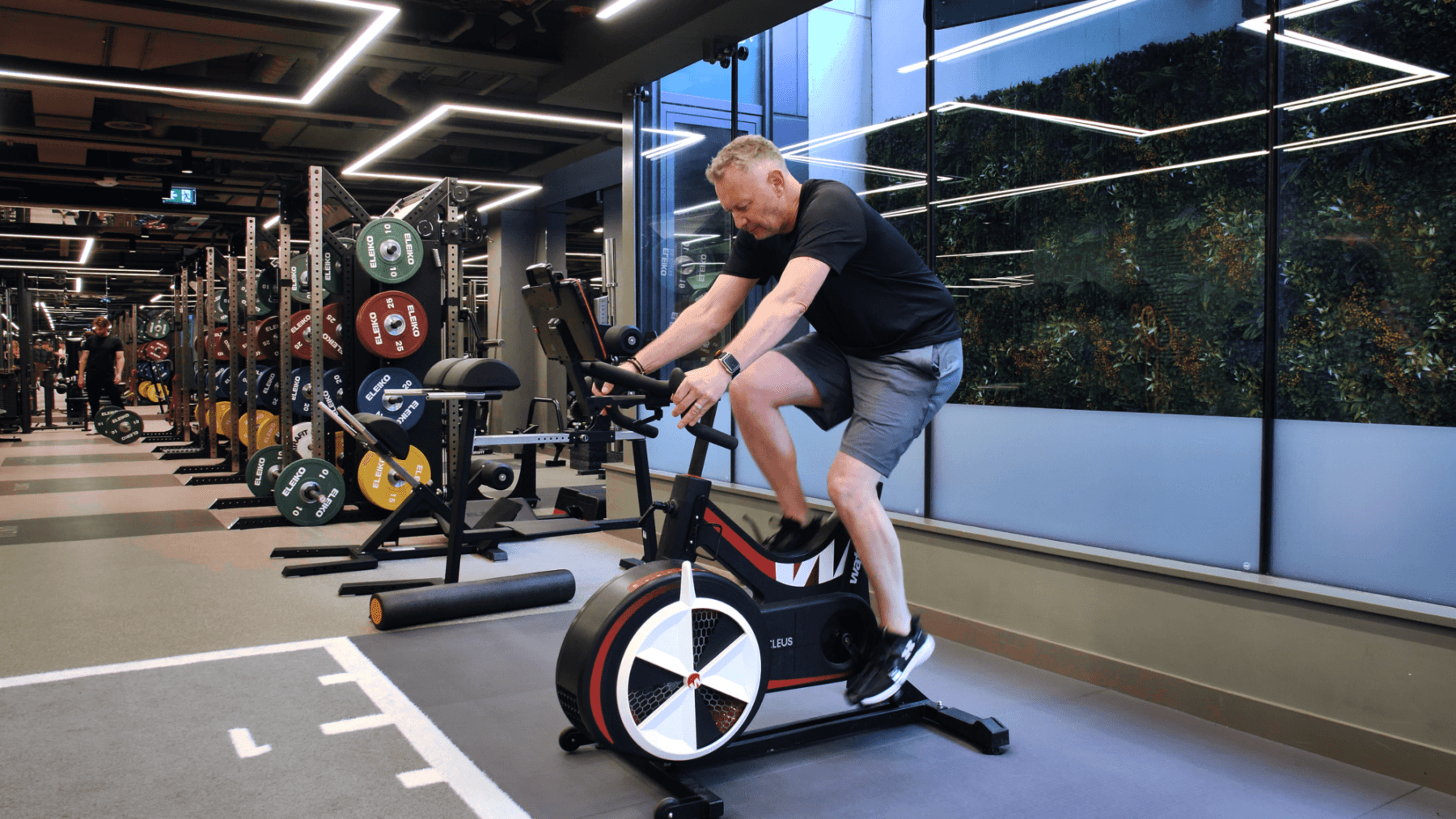Odwyk
Program rehabilitacji Arthrosamid
Leczenie choroby zwyrodnieniowej stawu kolanowego może być trudne, ale jesteśmy tutaj, aby ułatwić podjęcie decyzji, aby wspierać Twoich pacjentów. Chociaż choroby zwyrodnieniowej stawu kolanowego nie można wyleczyć, wierzymy, że długoterminowe zaangażowanie w ćwiczenia może znacznie zwiększyć szanse pacjentów na prowadzenie bardziej aktywnego życia przy zmniejszonym bólu kolana. Ten zasób jest przeznaczony dla klinicystów, którzy mogą dzielić się nim ze swoimi pacjentami i zapewni wskazówki i wsparcie, które pomogą im podejmować świadome decyzje dotyczące leczenia choroby zwyrodnieniowej stawu kolanowego poprzez ćwiczenia i inne strategie.

